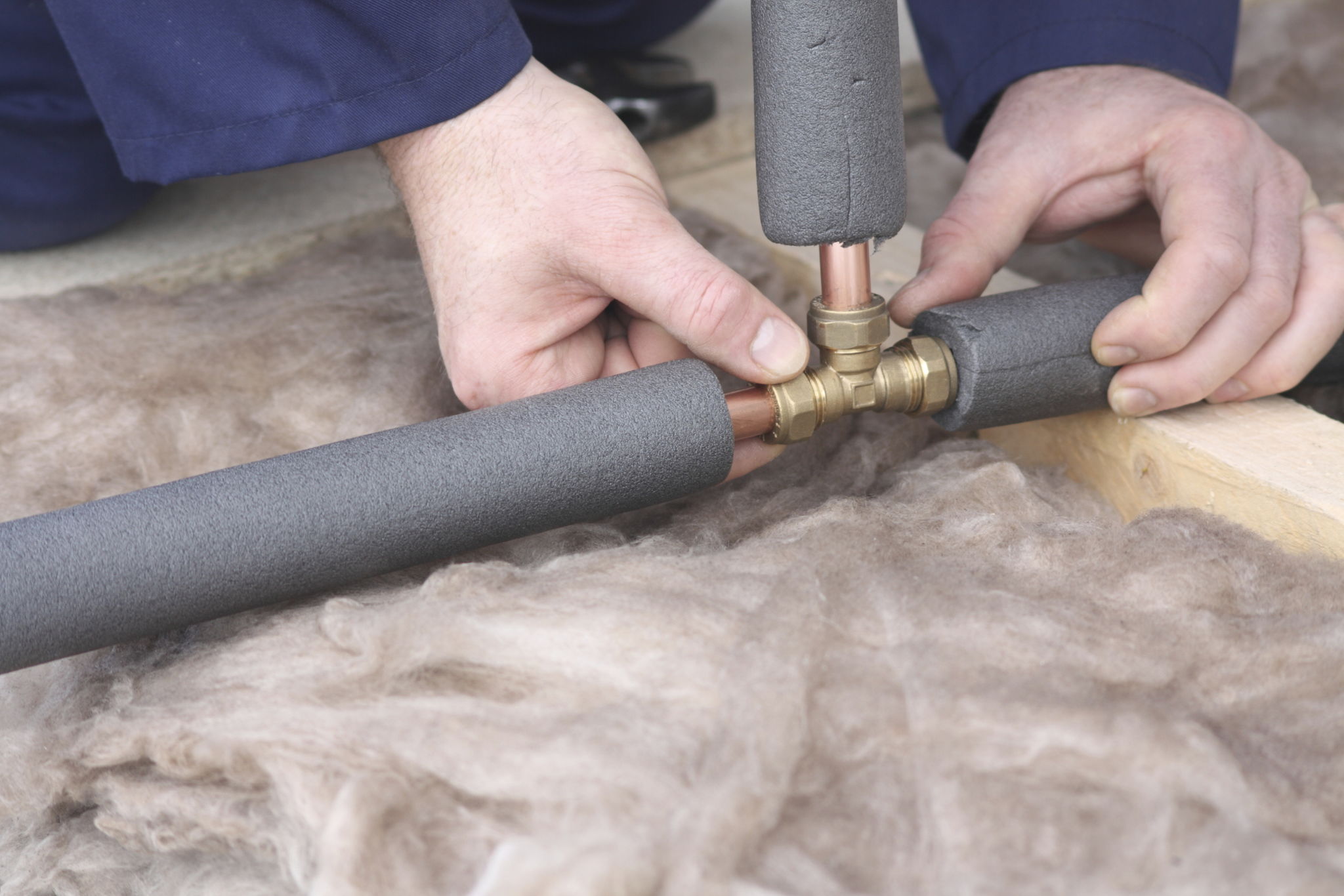How to Prepare Your Home for Winter: Essential Tips from Woodbridge Handyman Experts
AJ
Assess Your Heating System
As the temperature begins to drop, ensuring that your heating system is in optimal condition is crucial. Start by scheduling a professional inspection to check for any issues that might have developed over the summer. This includes cleaning or replacing filters, checking for leaks, and ensuring that your thermostat is functioning correctly. A well-maintained heating system not only keeps your home warm but also helps in reducing energy bills.

Sealing Windows and Doors
One of the most effective ways to keep cold drafts at bay is by sealing windows and doors. Check for any gaps or cracks and use weatherstripping or caulk to seal them. This simple step can significantly improve your home's insulation, making it warmer and more energy-efficient. Don't forget to inspect the seals on garage doors as well, as they can also be a source of heat loss.
Insulate Your Home
Proper insulation is key to maintaining a comfortable temperature in your home during winter. Start by checking the insulation in your attic, walls, and basement. If you find any areas lacking, consider adding more insulation, particularly in the attic where heat loss is most common. Additionally, install thermal curtains on windows to further reduce heat loss.

Gutter and Roof Maintenance
Before the first snowfall, make sure your gutters and roof are in good condition. Clear out any leaves or debris from gutters to prevent ice dams, which can cause water damage. Inspect your roof for missing shingles or signs of wear and tear that could lead to leaks. Addressing these issues early can prevent costly repairs during the winter months.
Prepare Your Plumbing
Frozen pipes can be a nightmare during winter, so it's essential to prepare your plumbing. Insulate exposed pipes in unheated areas like basements and garages. Disconnect and store garden hoses, and consider installing frost-proof outdoor faucets. It's also wise to know where your main water shut-off valve is located in case you need to quickly turn off the water supply.

Check Smoke and Carbon Monoxide Detectors
With increased use of heating systems, fireplaces, and space heaters during winter, the risk of fire and carbon monoxide exposure rises. Test all smoke and carbon monoxide detectors in your home to ensure they are working properly. Replace batteries if needed and consider installing additional detectors in key areas for added safety.
Stock Up on Winter Essentials
Finally, make sure you're stocked up on winter essentials before the cold sets in. This includes having a supply of rock salt or sand for de-icing walkways, snow shovels or a snow blower for clearing paths, and an emergency kit with essentials like flashlights, batteries, and blankets in case of power outages.

